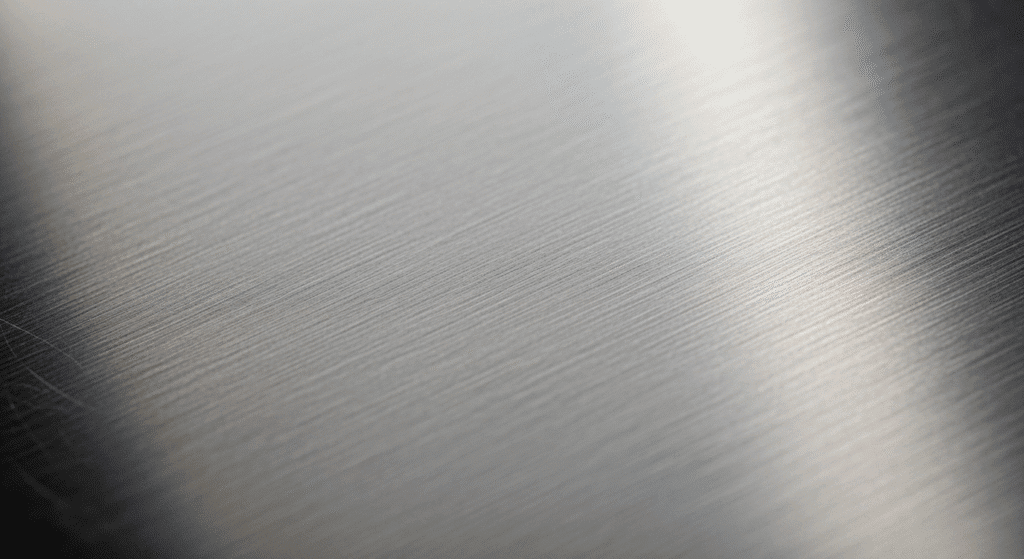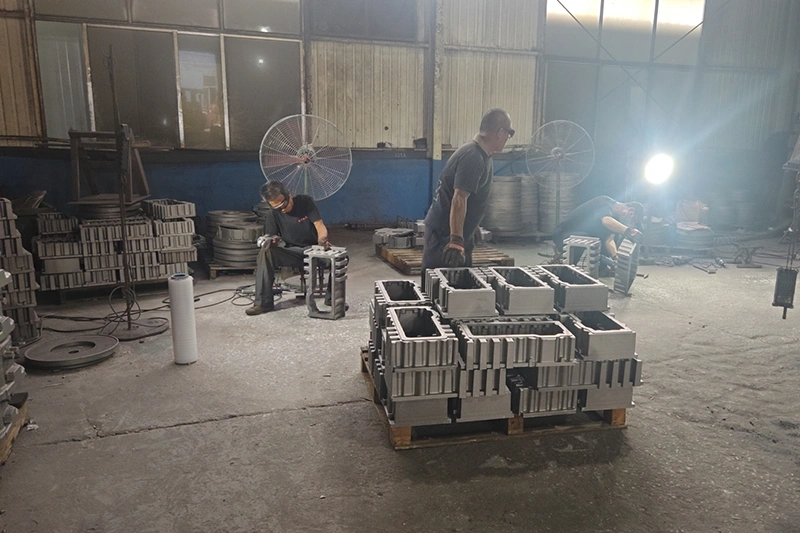The yield strength of aluminum is the stress level at which the metal permanently deforms—typically ranging from 35 MPa to 550 MPa depending on the alloy and heat treatment. When you apply force to aluminum and it doesn’t spring back to its original shape, you’ve exceeded its yield strength.
This property determines whether aluminum will bend permanently or return to its original form under load.

Different aluminum alloys have vastly different yield strengths based on their composition and processing. Pure aluminum is relatively soft with low yield strength, while alloyed and heat-treated versions can be five to ten times stronger.
Here’s how common aluminum alloys compare:
| Aluminum Alloy | Temper | Yield Strength (MPa) | Yield Strength (ksi) | Common Applications |
|---|---|---|---|---|
| 1100 | O (Annealed) | 35 | 5 | Chemical equipment, food containers |
| 1100 | H14 | 95 | 14 | Sheet metal work |
| 2024 | T3 | 345 | 50 | Aircraft structures |
| 3003 | O | 40 | 6 | Cooking utensils, roofing |
| 3003 | H14 | 145 | 21 | Storage tanks |
| 5052 | O | 90 | 13 | Marine applications |
| 5052 | H32 | 195 | 28 | Pressure vessels |
| 6061 | T6 | 275 | 40 | Structural frames, automotive parts |
| 6063 | T5 | 145 | 21 | Architectural extrusions |
| 7075 | T6 | 505 | 73 | Aerospace, high-stress components |
Aluminum doesn’t have a distinct yield point like mild steel—instead, it gradually transitions from elastic to plastic deformation. This means you won’t see a sudden drop or plateau in the stress-strain curve.
Engineers define aluminum’s yield strength using the 0.2% offset method. They draw a line parallel to the elastic portion of the stress-strain curve, offset by 0.2% strain, and where it intersects the actual curve becomes the yield strength.
The yield strain of aluminum typically falls between 0.2% and 0.5% depending on the alloy. This represents the total strain at the yield point, including both elastic and the small amount of plastic deformation.
Yield strength marks when aluminum permanently deforms, while ultimate tensile strength is the maximum stress before breaking. Ultimate strength is typically 10-50% higher than yield strength, depending on the alloy.
Yes, you can increase yield strength through cold working (rolling or stretching) or age hardening if it’s a heat-treatable alloy. However, these processes may reduce ductility and corrosion resistance.
Higher yield strength generally correlates with better fatigue resistance. Alloys with yield strengths above 300 MPa typically show improved performance under cyclic loading conditions.
The material permanently deforms and won’t return to its original shape. Continued loading past the yield point leads to work hardening, necking, and eventually fracture at the ultimate tensile strength.

